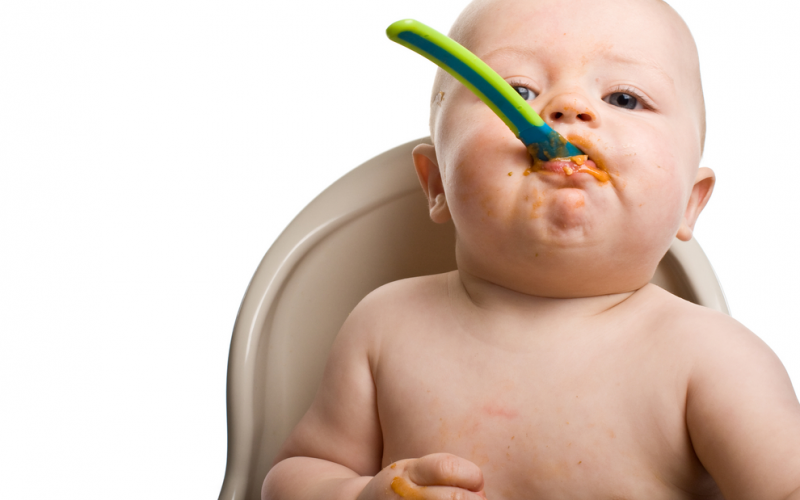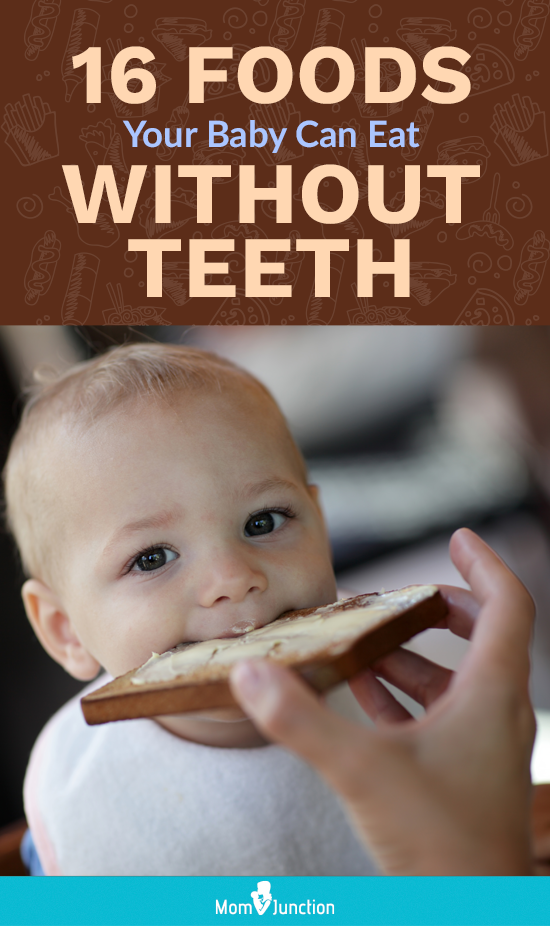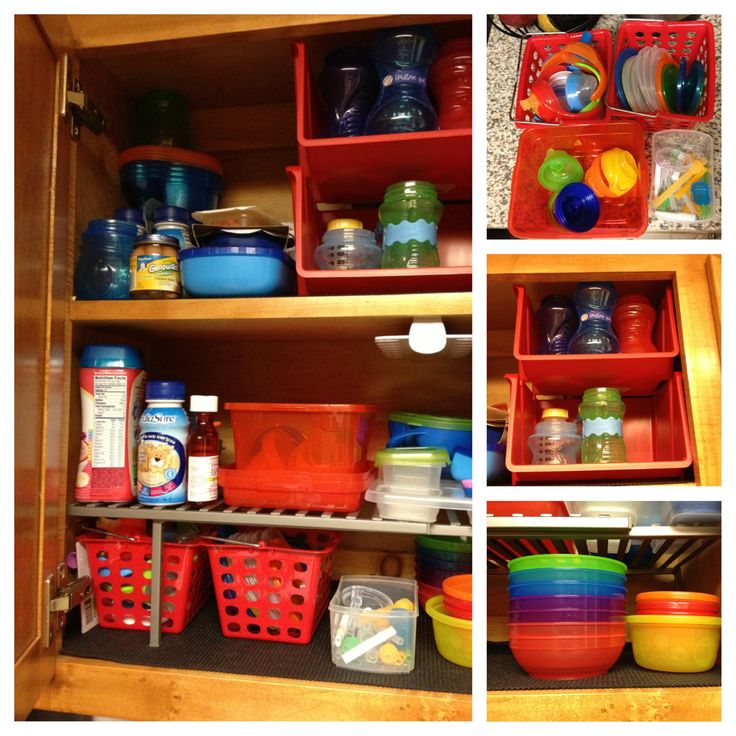Baby food with cinnamon
Cinnamon for Babies - When Can Babies Have Cinnamon?
When can babies have cinnamon?
Cinnamon may be introduced as soon as your baby is ready to start solids, which is generally around 6 months of age. Note that sometimes cinnamon can cause a harmless rash on skin that it touches, such as near baby’s mouth. Also, inhaling cinnamon powder can also trigger a significant cough reflex and even cause inflammation inside the lungs.1 2 Lastly, learn about the difference between cassia and Ceylon cinnamon. The majority of cinnamon in the American market is cassia cinnamon, which contains more coumarin, a plant compound in cinnamon that can be toxic and cause liver and kidney damage when consumed in large quantities.3
Background and origins of cinnamon
Cinnamon comes from a tropical evergreen tree whose bark and leaves are used to make essential oil and spice. Like all plants, there are different varieties with distinctive aroma, flavor, and texture. Ceylon cinnamon—named after the term that colonizers used for the island of Sri Lanka, the plant’s native home—has a delicate, sweeter flavor than cassia cinnamon, a group of pungent varieties (also called Korintje cinnamon and Saigon cinnamon) from trees that still grow wild in China, Indonesia, Vietnam, and other countries.
That said, humans have been eating Ceylon cinnamon and cassia cinnamon and using both varieties in folk medicine for thousands of years. In fact, you may have tried cassia and not known it. In the United States, companies are not required to identify the variety of cinnamon on the label, and many of the major spice brands market cassia varieties as simply “cinnamon” on the container, including Fresh Direct, Kirkland, McCormick’s, Penzey’s, Trader Joe’s, and Whole Foods’ 365 Everyday Value. Brands are increasingly getting specific with varieties to meet consumer demand, so look for “Ceylon cinnamon” on labels, such as Cinnamon Tree Organics, Frontier Co-Op, and Simply Organics.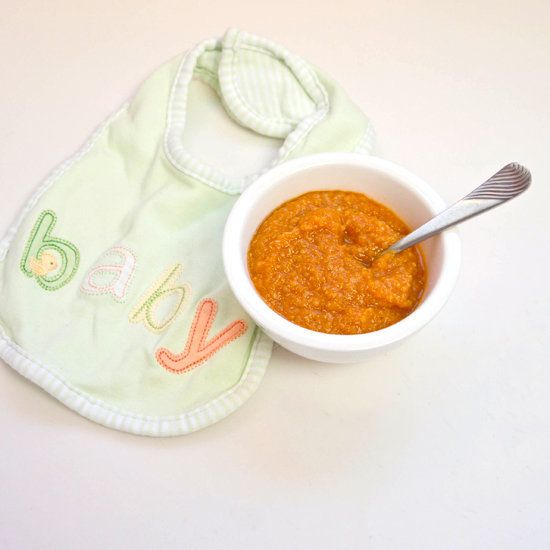
★Tip: Not sure if a cinnamon is Cassia or Ceylon? Look at the fine print on the label to see if there is a country of origin. Cinnamon from China, Indonesia, and Vietnam is most likely cassia while cinnamon from Sri Lanka is most likely the Ceylon variety. Mexican cinnamon is often also the prized Ceylon. If the country is not identified, look at the color. Ceylon cinnamon is bronze and noticeably lighter than cassia, which is rustier. The structure of the sticks can also be a clue: Ceylon sticks contain laminated rolls of thin bark, while cassia sticks are thicker with typically just one curled layer.
Is cinnamon healthy for babies?
Yes—in moderation. Just a pinch is enough to add a layer of flavor! It also offers trace amounts of fiber, iron, calcium, manganese, and vitamin K. It may even have antimicrobial, antiparasitic, and antioxidant effects on the body.4
It may even have antimicrobial, antiparasitic, and antioxidant effects on the body.4
It would be wise to opt for Ceylon cinnamon when possible, and take care with cassia cinnamon varieties to offer just a sprinkle rather than the heaping spoonful. Cassia cinnamon (also called Chinese cinnamon, Indonesian cinnamon, Korintje cinnamon, Padang cinnamon, Saigon cinnamon, and Vietnamese cinnamon) contains more coumarin, a toxic plant compound that may pose health risks when consumed in excess amounts.5 Even one teaspoon of cassia cinnamon exceeds the tolerable daily intake of coumarin for adults, according to the European Food Safety Authority—that means just a pinch is plenty for the average-sized baby.6 That said, it is unlikely that your baby will consume a ton of cinnamon because it is primarily used to flavor foods in cooking across cultures.
★Tip: Ceylon cinnamon can be more expensive than cassia. If you’re a cinnamon lover, buy both types and reserve Ceylon for recipes that call for lots of this delicious spice! For an occasional sprinkle on your baby’s food, cassia cinnamon varieties are just fine.
Is cinnamon a common choking hazard for babies?
No. However, cinnamon is often used to flavor hard fruits, which are choking hazards when served raw. As always, be sure to create a safe eating environment and always stay near your baby during mealtime. Check out our age-appropriate serving suggestions!
For more information, visit our section on gagging and choking and familiarize yourself with common choking hazards.
Is cinnamon a common allergen?
No. Cinnamon allergy is uncommon, although individuals with asthma may be sensitive to cinnamon if it is inhaled.7 A more common occurrence is when cinnamon causes a harmless rash when it comes in contact with skin.8 This contact rash is typically an irritant, rather than an allergic, reaction.
As you would when introducing any new food, start by offering a small quantity—just a pinch—with a food that has already been introduced, such as mashed root vegetables, warm cereal, or yogurt.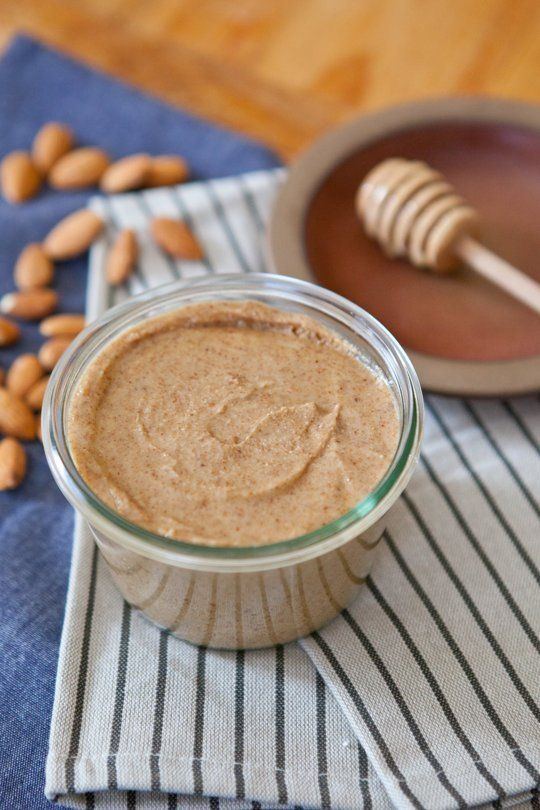 If there is no adverse reaction, gradually increase the quantity over future meals.
If there is no adverse reaction, gradually increase the quantity over future meals.
How do you introduce cinnamon to babies with baby-led weaning?
Every baby develops on their own timeline, and the suggestions on how to cut or prepare particular foods are generalizations for a broad audience. Your child is an individual and may have needs or considerations beyond generally accepted practices. In determining the recommendations for size and shape of foods, we use the best available scientific information regarding gross, fine, and oral motor development to minimize choking risk. The preparation suggestions we offer are for informational purposes only and are not a substitute for child-specific, one-on-one advice from your pediatric medical or health professional or provider. It is impossible to fully eliminate all risk of a baby or child choking on any liquid, puree, or food. We advise you to follow all safety protocols we suggest to create a safe eating environment and to make educated choices for your child regarding their specific needs.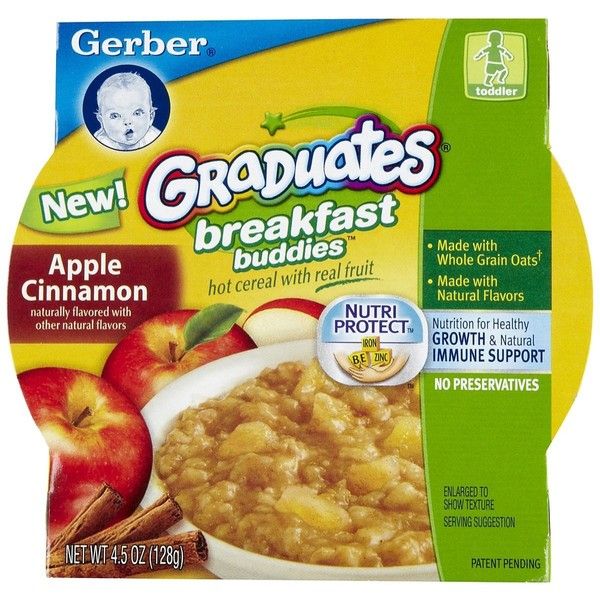 Never disregard professional medical advice or delay in seeking it because of something you have read or seen here.
Never disregard professional medical advice or delay in seeking it because of something you have read or seen here.
6 to 12 months old: Sprinkle a small pinch of cinnamon on well-cooked fruit or vegetables, mix into warm cereals or coconut rice, or mix into lentil dishes, such as mejadra. Remember that cinnamon can cause an irritant rash on skin that it touches, so if your baby has sensitive skin, try using a barrier cream before meals with cinnamon.
12 to 18 months old: Time to spice things up! Cinnamon is used in lots of savory dishes, from curried vegetables, to spicy jerk sauces, to hearty keema, and vegetarian pho. While cinnamon is often used to flavor sweet foods, it would be wise to hold off on serving desserts with added sugar until the second birthday to allow your child to develop a palate for savory foods and to help offset preferences for sweet and salty foods as your child grows.
For more information on how to cut food for babies, visit our page on Food Sizes & Shapes.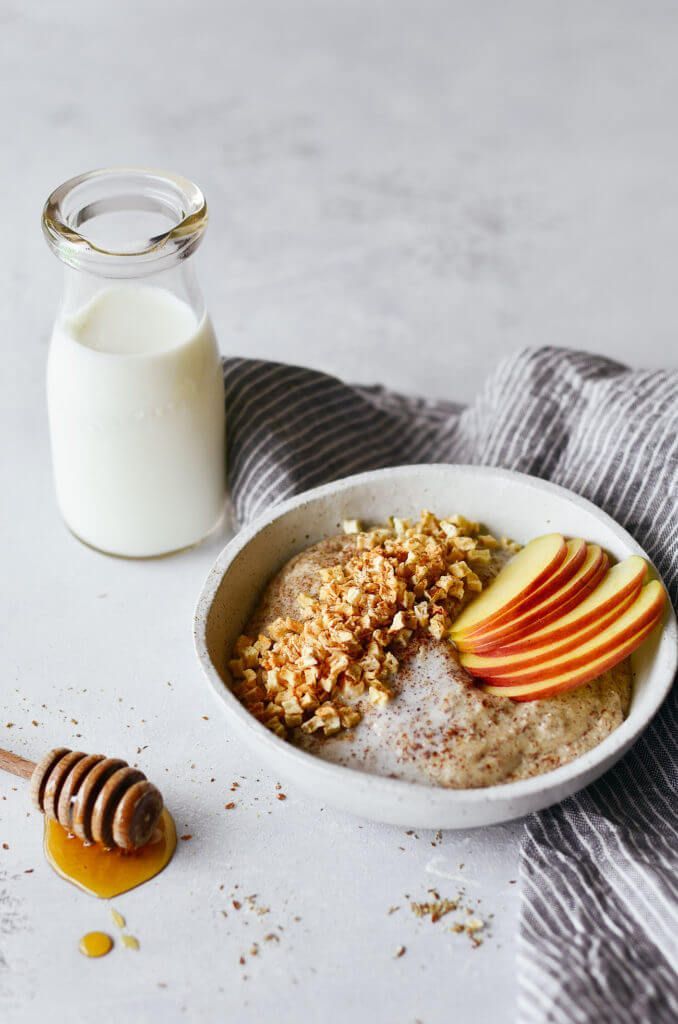
Recipe: Kiribath
Sri Lankan Coconut Milk Rice
4 servings
Ingredients
- 1 cup basmati rice
- 2 cups water
- 3/4 cup coconut milk (about half of a 14-ounce BPA-free can)
- 1/8 teaspoon ground Ceylon cinnamon
- 1 tablespoon coconut oil
This recipe contains coconut, a food that is classified as a tree nut (allergen) by the U.S. Food and Drug Administration. Only serve to a child after this allergen has been introduced safely.
Directions
- Place the rice in a colander and rinse in the sink until the water runs clear.
- Transfer the rice to a medium pot and add the water. Stir and partially cover the pot, then set on medium-high heat. Bring the liquid to a boil, then reduce the heat to create a gentle simmer. Cook until the rice is starting to become tender and most of the water has been absorbed, about 20 minutes.
- Stir in the coconut milk and cinnamon. Cover and continue to cook on low heat until the rice has absorbed the milk, about 10 minutes.
 If the rice is still firm, add a splash or two of hot water and continue to cook until tender.
If the rice is still firm, add a splash or two of hot water and continue to cook until tender. - While the rice is cooking, grease a small baking dish or platter with the oil.
- When the rice is done, remove the pot from the heat, uncover, and let cool for 5 minutes, then transfer the rice to the prepared dish or platter.
- Use your hands or the back of a spoon to flatten the rice into the shape of the container. Let it cool to room temperature. The kiribath will congeal and firm up as it cools.
To serve: Cut the kiribath into rectangles, squares, or triangles. Place 1 of the shapes on your child’s plate. Serve the kiribath as finger food or encourage utensil practice by placing a fork on the side of your child’s bowl or plate. Eat your portion alongside your child to show how it’s done!
To store: Store leftover kiribath in an air-tight container in the fridge for up to 1 week.
Flavor Pairings
Cinnamon is a flavor enhancer that complements the natural sweetness in foods. Try using it to flavor dishes with almond, apple, apricot, Asian pear, banana, beef, blueberry, acorn squash, carrot, cherry, coconut, dates, fig, grapefruit, lamb, lime, orange, peanut, pear, pineapple, strawberry, tomato, walnut, watermelon, or salmon. Pair it with other bold spices like cardamom, ginger, nutmeg, or saffron for an extra kick!
Try using it to flavor dishes with almond, apple, apricot, Asian pear, banana, beef, blueberry, acorn squash, carrot, cherry, coconut, dates, fig, grapefruit, lamb, lime, orange, peanut, pear, pineapple, strawberry, tomato, walnut, watermelon, or salmon. Pair it with other bold spices like cardamom, ginger, nutmeg, or saffron for an extra kick!
Reviewed by
J. Truppi, MSN, CNS
V. Kalami, MNSP, RD
K. Grenawitzke, OTD, OTR/L, SCFES, IBCLC, CNT
S. Bajowala, MD, FAAAAI. (allergy section)
R. Ruiz, MD Board-Certified General Pediatrician and Pediatric Gastroenterologist
- American Academy of Allergy Asthma & Immunology. Can Spices Cause an Allergic Reaction? Retrieved October 19, 2020
- Grant-Alfieri, A., Schaechter, J., Lipshultz, S. E. (2013). Ingesting and aspirating dry cinnamon by children and adolescents: the “cinnamon challenge”. Pediatrics, 131(5), 833–835. DOI:10.1542/peds.2012-3418.
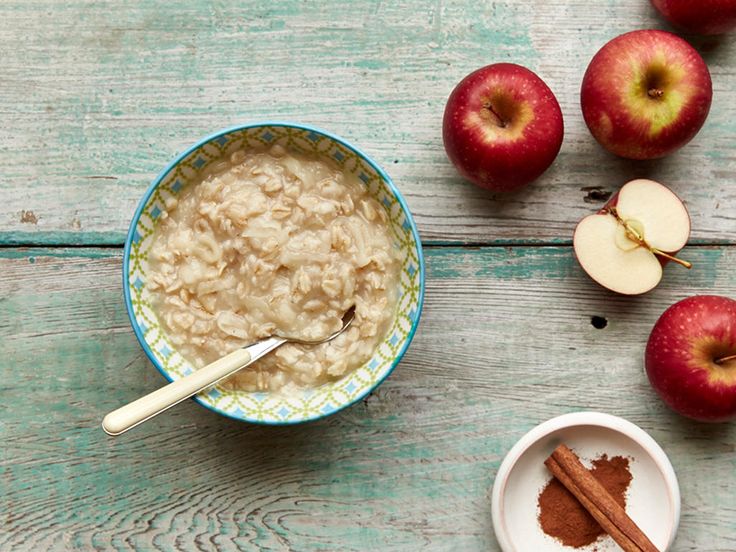 Retrieved October 19, 2020
Retrieved October 19, 2020 - Wang, Y. H., Avula, B., Nanayakkara, N. P., Zhao, J., & Khan, I. A. (2013). Cassia cinnamon as a source of coumarin in cinnamon-flavored food and food supplements in the United States. Journal of agricultural and food chemistry, 61(18), 4470–4476. DOI: 10.1021/jf4005862. Retrieved October 19, 2020
- Ranasinghe, P., Pigera, S., Premakumara, G.A., Galappaththy, P., Constantine, G.R., et al. (2013). Medicinal properties of ‘true’ cinnamon (Cinnamomum zeylanicum): a systematic review. BMC complementary and alternative medicine, 13, 275. DOI: 10.1186/1472-6882-13-275. Retrieved October 19, 2020
- Wang, Y. H., Avula, B., Nanayakkara, N. P., Zhao, J., & Khan, I. A. (2013). Cassia cinnamon as a source of coumarin in cinnamon-flavored food and food supplements in the United States. Journal of agricultural and food chemistry, 61(18), 4470–4476. DOI: 10.1021/jf4005862. Retrieved October 19, 2020
- Ranasinghe, P., Pigera, S., Premakumara, G.
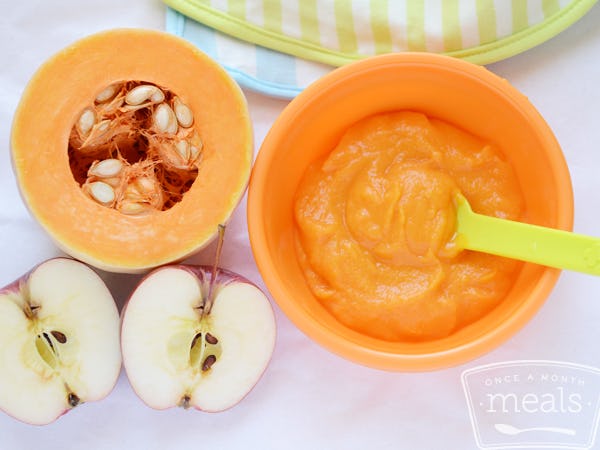 A., Galappaththy, P., Constantine, G.R., et al. (2013). Medicinal properties of ‘true’ cinnamon (Cinnamomum zeylanicum): a systematic review. BMC complementary and alternative medicine, 13, 275. DOI: 10.1186/1472-6882-13-275. Retrieved October 19, 2020
A., Galappaththy, P., Constantine, G.R., et al. (2013). Medicinal properties of ‘true’ cinnamon (Cinnamomum zeylanicum): a systematic review. BMC complementary and alternative medicine, 13, 275. DOI: 10.1186/1472-6882-13-275. Retrieved October 19, 2020 - Grant-Alfieri, A., Schaechter, J., Lipshultz, S. E. (2013). Ingesting and aspirating dry cinnamon by children and adolescents: the “cinnamon challenge”. Pediatrics, 131(5), 833–835. DOI:10.1542/peds.2012-3418. Retrieved October 19, 2020
- American Academy of Allergy Asthma & Immunology. Can Spices Cause an Allergic Reaction? Retrieved October 19, 2020
Can Babies Have Cinnamon: What Parents Should Know
Cinnamon is the brownish reddish inner bark of the cinnamon tree. It has been used throughout history as both as a spice and as a medicine. All types of cinnamon belong to the same family of plants, called the Lauraceae family.
Cinnamon is generally regarded as safe to give to your baby in small amounts after they turn 6 months of age. Cinnamon doesn’t commonly cause an allergic reaction in children or adults. Heavy exposure to cinnamon can cause stomach upset, skin or mouth irritation, and possibly problems with bleeding due to decreased blood clotting. But a sprinkle of cinnamon on your baby’s food probably won’t cause a problem.
Cinnamon doesn’t commonly cause an allergic reaction in children or adults. Heavy exposure to cinnamon can cause stomach upset, skin or mouth irritation, and possibly problems with bleeding due to decreased blood clotting. But a sprinkle of cinnamon on your baby’s food probably won’t cause a problem.
If your baby appears to have an allergic reaction to foods containing cinnamon, or they appear fussy and agitated after consuming cinnamon, call your doctor right away.
Cinnamon is a common spice used in a variety of foods and to flavor other products. Cinnamon is used a wide many different types of foods. It might be found in the following:
- chewing gum
- toothpaste
- applesauce
- oatmeal
- breakfasts cereals
- baked goods (cookies, muffins, pies, cakes, biscuits, and pastries)
- candies
- mouthwash
- French toast
- flavored tea and coffee drinks
Many people have cinnamon in their spice cabinet. Additionally, spice mixes, like pumpkin pie spice or garam masala, for example, may contain cinnamon.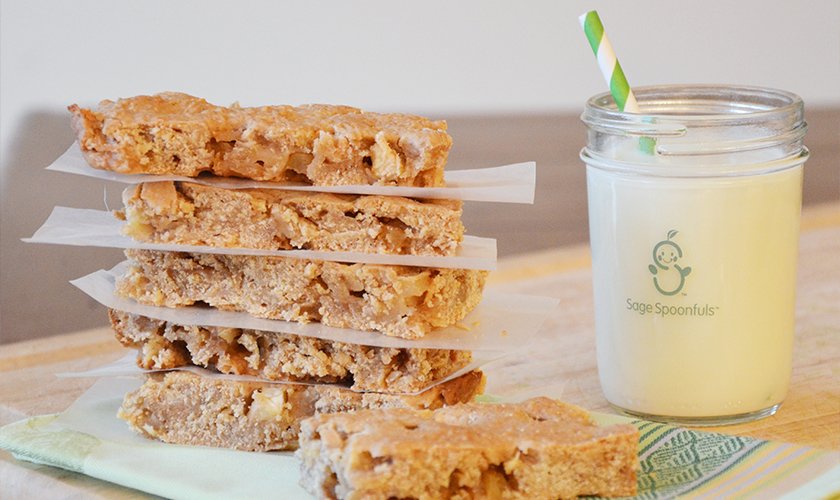 The only way to tell for sure if a product contains cinnamon is by reading ingredients list on the label.
The only way to tell for sure if a product contains cinnamon is by reading ingredients list on the label.
Studies have shown that including a small amount of cinnamon (about a half a teaspoon for adults) in your diet can be good for your health. The benefits may include:
- lowering LDL cholesterol, total cholesterol, and triglycerides
- controlling blood sugar
- reducing blood pressure
- fighting yeast infections (Candida)
- helping with nausea
- reducing unwanted blood clotting
Cinnamon allergies are very uncommon. Giving your baby a large amount of cinnamon, however, can cause skin irritation, upset stomach, or rarely, an allergic reaction. Then again, giving your baby too much of anything is usually not a good idea.
Like most foods, there are a small number of people who are allergic to cinnamon. Your baby is more likely to develop allergies if eczema, asthma, hay fever, or food allergies run in the family.
If your baby is allergic to cinnamon, their immune system doesn’t recognize the substance as safe and fights against it. The immune system creates antibodies and produces a substance called histamine. The histamine leads to irritation and inflammation throughout the body.
The immune system creates antibodies and produces a substance called histamine. The histamine leads to irritation and inflammation throughout the body.
The signs of an allergic reaction to cinnamon can vary greatly from one person to another. A food allergy may affect the skin, the gastrointestinal tract, or the respiratory or cardiovascular systems. According to Mayo Clinic, symptoms of a food allergy typically start within a minute to a couple hours after eating the problematic food.
Skin Symptoms
A skin reaction caused by an allergy can take several forms. One type of reaction called contact dermatitis causes a rash within minutes of exposing the skin to the allergen. Skin reactions can also occur after ingesting an allergen. Skin symptoms caused by an allergic reaction may include:
- itchy skin
- hives
- rash, blisters, or eczema
- irritation
- redness
- tingling or itching in the mouth
Gastrointestinal Symptoms
A food allergy can also cause an upset stomach or the following symptoms:
- diarrhea
- vomiting
- stomach cramping
Cold-Like Symptoms
Other common food allergy symptoms mimic the symptoms of a cold, like:
- cough
- wheezing and shortness of breath
- itchy throat and tongue
- runny or blocked nose (nasal congestion)
- red and itchy eyes
Anaphylaxis
In rare cases, an allergic reaction can lead to severe symptoms referred to as anaphylaxis.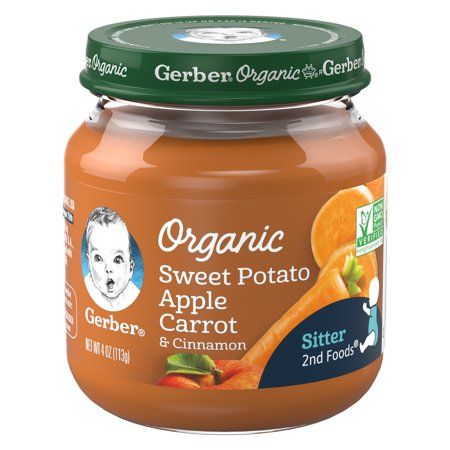 This is a life-threatening medical emergency. Call 911 immediately for emergency medical attention.
This is a life-threatening medical emergency. Call 911 immediately for emergency medical attention.
Symptoms of anaphylaxis include the following:
- swollen lips and throat that make it difficult to breathe
- tightening of the airways which causes cough, wheezing, or shortness of breath
- dizziness
- lightheadedness
- vomiting
- hives
- sudden drop in blood pressure
- loss of consciousness
- rapid heartbeat
Cinnamon isn’t included in the list of common food allergies experienced by babies and toddlers. A sprinkle of cinnamon on your baby’s oatmeal or in their baby food most likely won’t cause any problems.
Certain foods are more likely to produce an allergic reaction in children. According to Food Allergy Research and Education, these eight foods are responsible for 90 percent of food allergies:
- milk
- eggs
- peanuts
- tree nuts
- fish and shellfish
- soy
- wheat
Don’t give your baby any of these foods before they’re 6 months old. When you first start feeding your baby these foods, be sure to pay close attention for signs of an allergic reaction. If you do notice any signs, be sure to contact your doctor.
When you first start feeding your baby these foods, be sure to pay close attention for signs of an allergic reaction. If you do notice any signs, be sure to contact your doctor.
A doctor may want to perform a skin patch test on your baby to see if cinnamon is really causing the reaction. A doctor will put a small patch containing cinnamon on your baby’s skin for 20 to 30 minutes. If the skin is normal after the patch is removed, your baby is most likely not allergic to the cinnamon. Your doctor may also take a blood sample to test for an allergy to cinnamon.
If the baby is allergic to cinnamon, your doctor will recommend avoiding cinnamon and removing it from the baby’s diet. It’s important to read all food labels, especially for foods that commonly contain spices. Anyone with a food allergy should be careful when purchasing food at a supermarket or restaurant to make sure there are no traces of the allergen in a food or meal. Also be careful with products like toothpaste or lotions to make sure cinnamon isn’t an ingredient.
There are no medications available to prevent or cure allergic reactions to foods and spices. However, you should work with your child’s doctor to manage any allergies your child may have.
If your child is not allergic to cinnamon, you should feel confident that giving your baby small amounts of cinnamon will be safe and enjoyable for your baby.
Adding spices like cinnamon to your baby’s foods is a wonderful way to offer interesting flavor without having to add sugar or salt. You should wait until your baby is at least 6 months old before you start trying out recipes and experimenting with spices.
Add cinnamon to the following standard baby foods to help spice up their flavor:
- apple sauce
- yogurt
- bananas
- pumpkin
- sweet potatoes
- oatmeal
- rice
- quinoa
Or, you can try making your own baby food and incorporate cinnamon for more flavor. Try this roasted pumpkin and sweet potato baby food recipe for a delicious sweet and savory dish. For a fruity baby treat, try this recipe for apricot and banana baby food with cinnamon.
For a fruity baby treat, try this recipe for apricot and banana baby food with cinnamon.
Share on Pinterest
Cinnamon for children - Encyclopedia Baby food
Victoria Levchuk © Victoria Levchuk ©Parents, in an effort to enrich the taste of baby food, often begin to add spices to complementary foods. Today we will talk about cinnamon. Can it be introduced into complementary foods? At what age is cinnamon given to children?
What is cinnamon?
Contents:
Cinnamon is a spice, brownish-reddish color, dried bark of the cinnamon tree. It has been used for centuries, both as a spice and in medicine. All types of cinnamon belong to the same family of plants called the Laurel family ( Lauraceae) .
Cinnamon_culinary dictionary - CLICK on ME!!! Cinnamon is considered one of the oldest spices used throughout the world for centuries. The name "cinnamon" comes from the Phoenician language. It was used in ancient Egypt for embalming, as a medicinal and flavoring agent.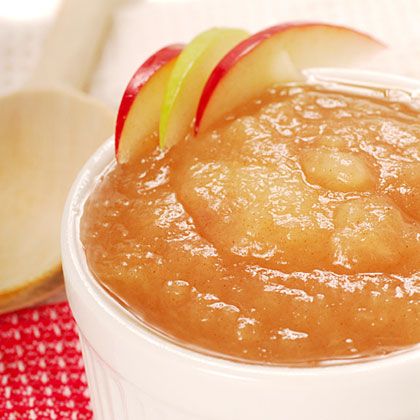 In some cultures, it was more valuable than gold. Cinnamon's popularity grew and spread to China, the rest of Asia, and throughout Europe.
In some cultures, it was more valuable than gold. Cinnamon's popularity grew and spread to China, the rest of Asia, and throughout Europe.
Good to know!
- Waiting rule 4-7 days - the period of adaptation of the child to a new product.
- Children's menu - menu options for every day from 0 to 14 years.
- How to teach your child to chew - with exercises for the development of chewing muscles.
- How to make baby puree thick in consistency
- Baby food leftovers - let's see where they can be used.
Easy to use sitemap Encyclopedia Baby Food with a list of all articles and recipes.
There are about 100 varieties of cinnamon, but there are 2 varieties that are commonly consumed. The first is Cinnamomum zeylanicum or Ceylon cinnamon, which is produced in India, Sri Lanka, Madagascar, the Caribbean and Brazil. The other is Cinnamomum aromaticum, or Chinese cinnamon (cassia), which grows in China, Indonesia, and Vietnam.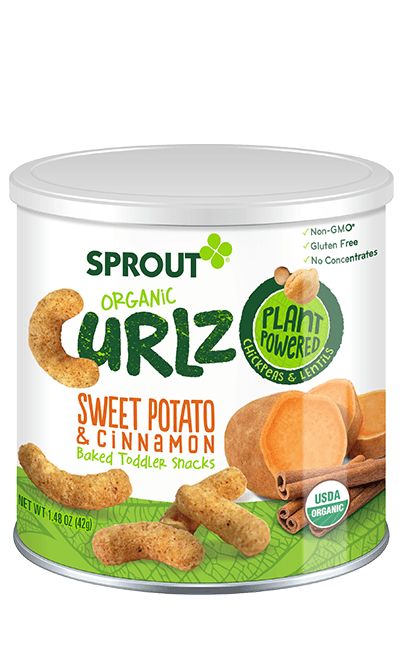 While both have almost the same fragrant, warm, and sweet taste, Ceylon Cinnamon is referred to as "true cinnamon" with a more subtle and refined flavor. Cassia or Chinese cinnamon is a less expensive variety and is widely grown in North America.
While both have almost the same fragrant, warm, and sweet taste, Ceylon Cinnamon is referred to as "true cinnamon" with a more subtle and refined flavor. Cassia or Chinese cinnamon is a less expensive variety and is widely grown in North America.
Chemical composition of cinnamon
Cinnamon sticks and powder are obtained from cinnamon oil, which in turn is obtained from the dried bark of the cinnamon tree. Cinnamon oil includes various active compounds - cinnamaldehyde or cinnamaldehyde, cinnamyl alcohol and cinnamyl acetate. Cinnamon oil also contains other volatile substances. The main part of the oil (65-75%) is formed from cinnamaldehydes.
Cinnamaldehyde or 3-phenylprop-2-enal (IUPAC name) has the chemical symbol C9H80. It is a yellow oily liquid with a boiling point of 2460 C. Cinamaldehyde is obtained by passing cinnamon bark through a steam distillation process. Eugenol is another chemical compound that makes up about 10% of cinnamon bark, which has the chemical symbol C10h22O2.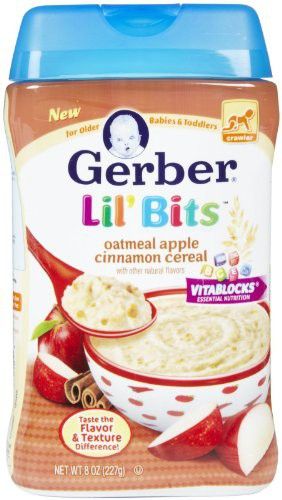
Benefits of Cinnamon
Since biblical times, cinnamon has been used for a variety of purposes. It is said that Moses ordered the Israelites to use it as an anointing oil, and the spice was often used in temple rituals and for perfume purposes. The ancient Egyptians used cinnamon oil to embalm mummies. The Romans used cinnamon in burial rituals when they cremated human bodies.
Cinnamaldehyde is said to have antibacterial, antifungal and antiviral properties. It is also an excellent flavoring agent and can be used as a pesticide. Eugenol has analgesic and antiseptic properties. This explains the calming effect of cinnamon.
Cinnamon's unique health benefits come from the active compounds in cinnamon oil. Cinnamon oil helps the blood clotting process when scratched or cut. It prevents unwanted platelet clotting and therefore acts as an anti-inflammatory agent.
Cinnamon oil is antimicrobial and can stop the growth of bacteria and fungi. This means that it can be used as a food preservative, as cinnamon can prevent the growth of a foodborne pathogen. Many studies show that cinnamon can control blood sugar levels. It can improve the insulin response of type 2 diabetic patients and normalize blood sugar levels.
Many studies show that cinnamon can control blood sugar levels. It can improve the insulin response of type 2 diabetic patients and normalize blood sugar levels.
Cinnamon is often used in aromatherapy because its aroma is said to improve brain function. Cinnamon-flavored chewing gum can also improve cognitive processes. Cinnamon helps fight various diseases such as atherosclerosis, irritable bowel syndrome, diarrhea and constipation. Combined with fresh ginger, cinnamon tea can relieve cold and flu symptoms.
Cinnamon contains the following vitamins and minerals:
Vitamin A - supports the child's immune system, skin, eye and bone health.
Vitamin K is a fat-soluble vitamin that is critical for a child's cardiovascular and blood-clotting abilities.
Vitamin C - This vitamin helps support the child's immune system, mucous membranes and respiratory system.
Calcium - This mineral regulates bone growth and skeletal development and plays an important role in hormone production.
Manganese - helps form bone and cartilage and plays an important role in the formation of carbohydrates, amino acids and cholesterol.
Iron is a nutrient that plays an important role in the circulatory system and enhances the oxygen capacity of red blood cells.
Magnesium - This mineral is essential for baby's bone health and helps regulate energy production within the cell.
Cinnamon in baby food is a unique sweet spice that is loved by children and adults alike. As with most herbs and spices, a little cinnamon can be added to baby food recipes from 8 months of age (with pediatrician approval).
Cinnamon is introduced to children like any new product within 4-7 days. It is better to introduce the spice later than earlier, if parents believe that it is more important to introduce new products, and not spices or herbs, then it is better to do so. Nothing terrible will happen if the baby gets to know cinnamon closer to a year or two.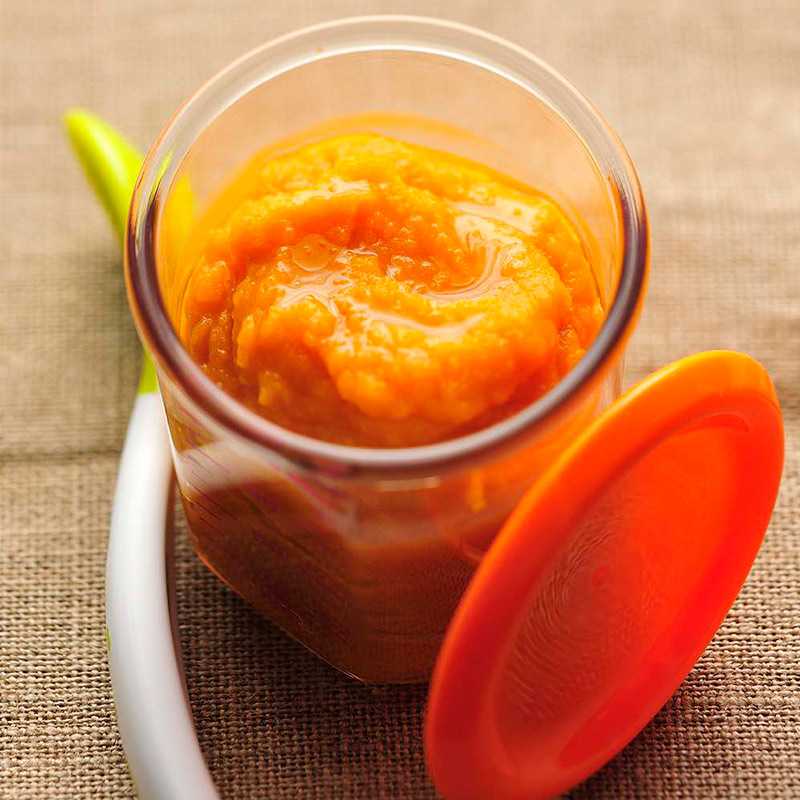 Moreover, Russian pediatricians advise introducing cinnamon into complementary foods for children aged 2-3 years.
Moreover, Russian pediatricians advise introducing cinnamon into complementary foods for children aged 2-3 years.
Although cinnamon is considered less allergenic in baby food, it is still possible for a child to become intolerant to it.
At first, you can use a pinch of cinnamon to get your baby used to it. We also follow the preferences of the child, he may not like the sweet taste of cinnamon. Although most kids are delighted with the sweetness of this spice.
complementary foods cinnamon
Three years old, you can give your baby cinnamon no more than 1-2 times a week, a small amount, a pinch, just to add flavor and a new taste to the dish. But after three years, the baby can consume more times a week, because the daily norm of an adult is 1 teaspoon.
Allergy to cinnamon
An allergic reaction to cinnamon is extremely rare. If a child is allergic to cinnamon, their immune system does not recognize the substance as safe and fights it off.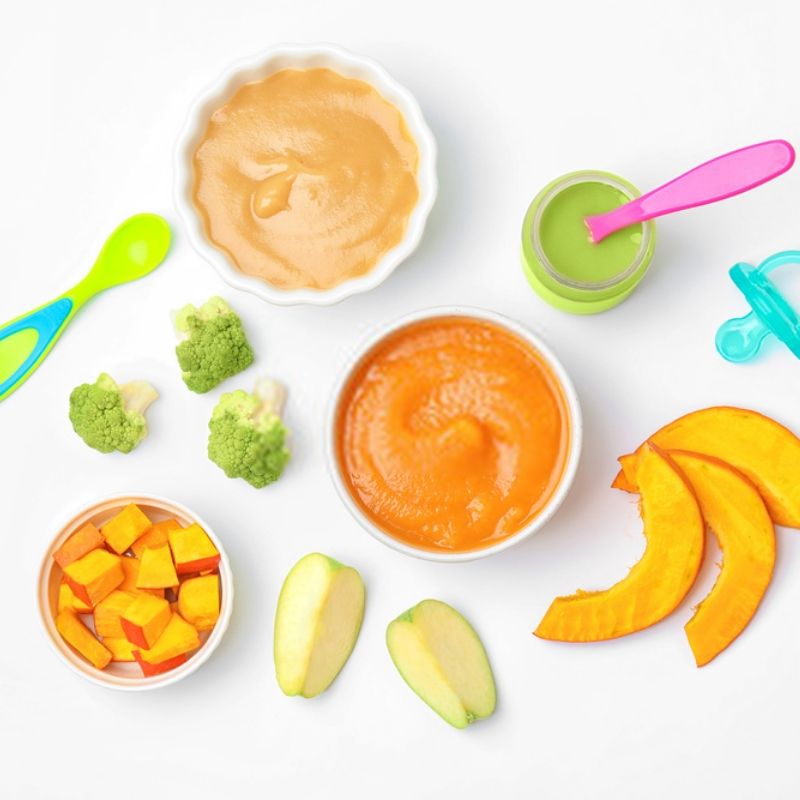 The immune system creates antibodies and releases a substance called histamine. Histamine leads to irritation and inflammation throughout the body.
The immune system creates antibodies and releases a substance called histamine. Histamine leads to irritation and inflammation throughout the body.
Signs of an allergic reaction to cinnamon can vary greatly from person to person and from child to child. Food allergies can affect the skin, gastrointestinal tract, respiratory or cardiovascular systems. Food allergy symptoms usually begin within minutes or a couple of hours after eating the problem food. An allergy to cinnamon manifests itself in the form of a runny nose, rash, redness. Since cinnamon is always used as part of a dish, it is important to introduce cinnamon into the baby’s complementary foods according to all the waiting rules for 4-7 days, so that if signs of a food allergy appear, notify the doctor exactly which product this happened to.
How to choose and store cinnamon for baby food
It is best to use cinnamon sticks as this spice powder can contain impurities. It is also important that cinnamon children are not exposed to radiation, which can lead to a significant decrease in its content of vitamin C and carotenoids.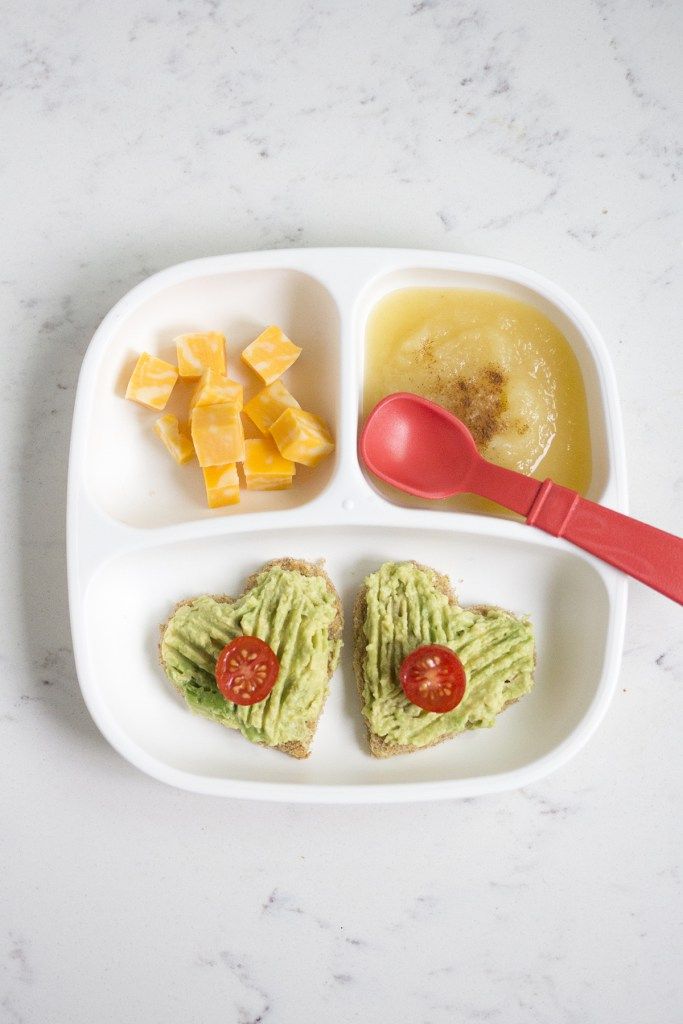
Cinnamon is available as a stick or powder. The sticks stay fresher, but the ground powder has a stronger aroma and a sweeter smell. Cinnamon for children should be stored in a tightly closed glass container in a cool, dark, dry place. Sticks can be stored for about 1 year and cinnamon powder for about 6 months. The freshness of cinnamon is checked by smell, if it does not smell sweet, it's time to discard the spice.
The taste of cinnamon is sweet and warm, there are Ceylon cinnamon and cassia on the market. Cassia is redder than Ceylon cinnamon, with a stronger, almost bitter taste. If you can buy both types, then Ceylon cinnamon is best used for sweet dishes, and cassia for savory dishes.
How to cook
Cinnamon is so versatile in baby food that it can be used in both sweet and savory dishes. It adds great nutritional benefits in baby purees, smoothies and snacks.
Cinnamon adds a wonderful flavor to baby cereals, fruit and even vegetable purees. Baking with a pinch of cinnamon will give a unique flavor to buns and pies. Moreover, it is best to add it at the beginning of the dough kneading, then the aroma of baking will be more saturated. Rice, quinoa and barley cooked with a cinnamon stick is simply divine! Cinnamon gives a unique taste and aroma to compotes, jams, preserves, fermented milk and dairy products,
Baking with a pinch of cinnamon will give a unique flavor to buns and pies. Moreover, it is best to add it at the beginning of the dough kneading, then the aroma of baking will be more saturated. Rice, quinoa and barley cooked with a cinnamon stick is simply divine! Cinnamon gives a unique taste and aroma to compotes, jams, preserves, fermented milk and dairy products,
Cinnamon is added to children at the end of cooking for 5 minutes, only a small amount, a pinch, to give aroma and sweetish taste.
You can prepare meals with a cinnamon stick, which is then removed.
Contraindications
Most Russian pediatricians do not recommend giving cinnamon to children under 2-3 years old because of the possibility of its toxic accumulation in the liver and kidneys. But again, if this spice is given to the child more than the prescribed daily allowance and more often 1-2 times a week. Overdose can lead to food allergies, severe headache, indigestion, weakness. Cinnamon should not be used by hypertensive patients, pregnant women, epileptics, with nervous irritability, hyperactive children, with liver and kidney disease.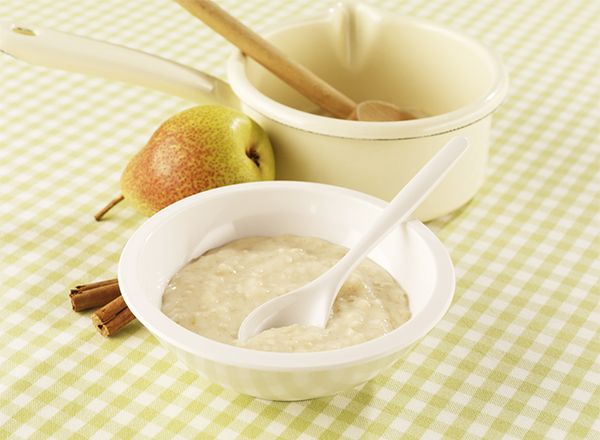
Don't forget to bookmark us! (CTRL+SHIFT+D) Subscribe to the site, comment, share in social networks.
On our site Encyclopedia Baby Food there is useful information on the nutrition of your children, which is useful for everyone, and we update the site "Encyclopedia Baby Food" constantly and try to search and write only excellent, verified and necessary information for you and your children.
Disclaimer No. 1: It must be understood that the author of the articles on the Baby Food Encyclopedia website is not a medical staff, “I am not a doctor.” The information I share is based on my own experience. My goal is not to teach you how to eat or feed your child, but to talk about how we did it, what new things I learned or read. This expands the picture of Baby Food knowledge, gives you a glimpse of the whole process so you can decide if you like it or not.
Disclaimer No. 2 : However, the above does not cancel visiting a pediatrician. Before you start complementary foods, you need to get his professional opinion on the best way to introduce new foods for your baby. I also draw your attention to the fact that you need to look at the original date of the published articles, because some of the "best practices" may have changed. Always check with your child's pediatrician about complementary foods and their health.
Before you start complementary foods, you need to get his professional opinion on the best way to introduce new foods for your baby. I also draw your attention to the fact that you need to look at the original date of the published articles, because some of the "best practices" may have changed. Always check with your child's pediatrician about complementary foods and their health.
Disclaimer #3: Keep in mind that every family is unique, every situation is also completely unique. There are no universal solutions. Only you can find what works best for you. Certain goals require certain sacrifices and priorities - not everyone wants to make those choices, and that's GREAT! Just know what you want to achieve, and be ready to get to work, putting the best of your strength!
Disclaimer No. 4: On the Encyclopedia Baby Food website, photos from books on baby food with attribution are used to better understand the information (Article 1274, paragraph 1, part four of the Civil Code of the Russian Federation).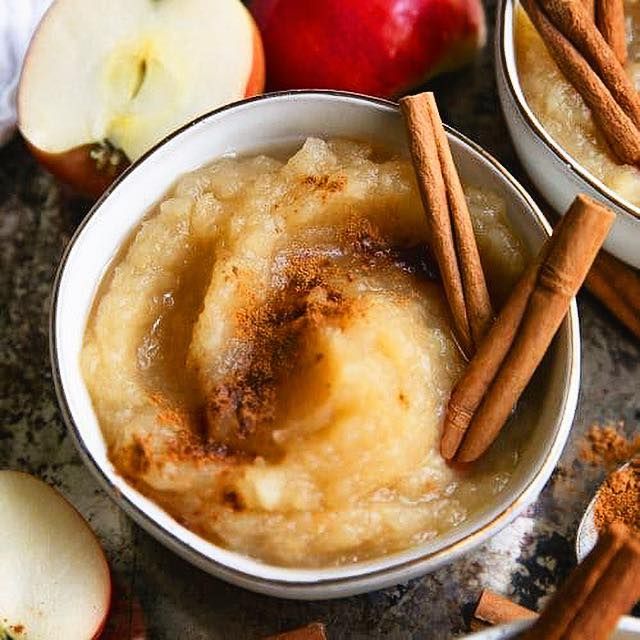 Literature on baby food is found in the public domain on the Internet.
Literature on baby food is found in the public domain on the Internet.
Apricot puree with chicken
Banan-global puree
Banana puree
borsch
Bousse broth with peas and rice
Botterbrod with kolrabi
Rapid dessert
Grunchik
Spring cage Buckwheat porridge with apricots
Buckwheat porridge with banana
Buckwheat pilaf
Children's sausage
Children's milk porridge with banana
Children's vinaigrette
Children's ketchup
Children's cucumber salad
Children's salad Olivier
Children's porridge biscuits
Children's puree of strawberries, bananas, yellow cherries, yoghurt and biscuits with cereals
Children's puree with cottage cheese and fruit
Homemade yeast bread with linseed flour
Homemade cheese
Homemade pizza
3 Breakfast outside Kohlrabi appetizer
Roasted cauliflower
Roasted carrots
Roasted carrots and cherries with millet
Winter salad with Jerusalem artichoke
Cabbage with white beans
Cabbage salad like in a canteen
Mashed potatoes
Quinoa and pumpkin porridge
Quinoa porridge
breakfast porridge
Quinoa and apple
Strawberry puree
Strawberry and banana puree
Strawberry compote
Wild apple and raspberry compote
Thermo-steamed fruit compote for children 8 months
Corn porridge
Corn porridge with pear
Corn porridge with pumpkin
Corn porridge with pumpkin and carrots
Corn porridge with apple and carrots
Chicken liver in the oven
Chicken cutlets with carrots
Chicken with carrots, bell peppers and potatoes
Navy pasta
Macaroni with orange sauce
Gremolata pasta
Muffins with vegetables and egg
Jacket new potatoes
5 Vermicelli milk soup 3 Carrot puree 5-0235 Carrot-rice casserole
Carrot with chicken
Egg and tomato fly agaric
Meat envelopes
Homemade Tarragon drink for children
Cauliflower and carrot vegetable puree
Vegetable soup with corn semolina
Vegetable soup with cheese and corn semolina
Vegetable soup with spinach
Vegetable soup-puree with bell pepper
Oatmeal porridge
Pollock fritters
Hot yogurt fritters
Omelet 3 cauliflower 90 cauliflower omelette in a bag
Spinach and Cheese Omelet
Omelette Pancake
Peach Puree
Baked Apples 7 months +
Zucchini and Carrot Pie
Zucchini Pie
Rice and Zucchini Pie
Fish Pie
Fish and potato pie
White cabbage pizza
Lavash pizza
Zucchini, tomato and sausage pizza
Tomato and olive pizza
Spinach pizza
Rabbit pilaf
Chicken pilaf with green peas and corn Puree
5 and cherries
Banana, cottage cheese and porridge puree 4 cereals
Broccoli (cauliflower) puree
Broccoli, courgette and cauliflower puree
Blueberry puree
Pear puree
Pear and banana puree
Pear and banana puree, baked
Pear and pumpkin puree 7 months +
Pear, pumpkin and peach puree
Pear, apple, plum and prunes puree
Blackberry puree
Turkey puree
Zucchini puree 902 zucchini and broccoli
Zucchini, carrot and potato puree
Quinoa and banana puree
Quinoa and carrot puree
Quinoa, banana and carrot puree
Quinoa, squash and carrot puree
Quinoa, peach and raspberry puree
quinoa, cauliflower, apple, peas and mint
Quinoa, apple, pear and raisin puree
Quinoa, apple, carrot puree
Rabbit, broccoli and cauliflower puree
Chicken, carrot, potato, apple and pea puree
Raspberry, cherry and banana puree
carrots
Carrot and apple puree
Carrot, potato, broccoli puree with cheese
Carrot, potato, apple and quinoa puree
Carrot, pumpkin, apple and prunes puree
Carrot, apple and potato puree
Turnip and carrots
Plum puree
Cottage cheese, strawberry and banana puree
Pumpkin puree
Pumpkin and banana puree
Pumpkin and squash puree
Pumpkin and apple puree
Pumpkin, apple and banana puree
Cauliflower and broccoli puree
Cauliflower puree and potatoes
Cauliflower and rice puree
Cauliflower and apple puree
Cauliflower, green peas and squash puree
Cauliflower, turkey and potato puree
Cauliflower, potato and squash puree
Cauliflower, carrot and broccoli puree
Cauliflower, carrot, cheese and rice puree
Cauliflower, apple and courgette puree
Zucchini puree
Zucchini and potato puree
Zucchini, carrot and apple puree 902 cherries
Blueberry puree
Prune puree
Apple, pumpkin, carrot and some curry puree
Apple and pear puree
Apple and strawberry puree
Apple, strawberry and cherry puree
Apple, peach and banana puree
Carrot and pumpkin puree
Cottage cheese and banana puree
Turkey, potato and carrot stew
Zucchini, carrot and broccoli stew
Fish, potato, carrot and broccoli stew
Rice porridge
Whole grain rice porridge
carrot
Rice porridge with pumpkin
Rice porridge with apples
Rice porridge with apple and pear
Rice porridge with apple and pumpkin
Fish cakes with vegetables
Semi-cooked fish
Fish meatballs with ketchup
Baby Fish Soup
Salmon and Celery Fish Soup
Carrot and Kohlrabi Salad
Chickpea Salad
Chickpea and Cabbage Salad
Laziest Soup
Creamy Kohlrabi Soup
Oatmeal Smoothie Pot 9035 Sauce
Cheese Pizza
Pea and Bacon Soup
Baked Vegetable Soup
Kohlrabi Soup
Salmon Soup
Cauliflower Soup
Turnip Potato Soup
Meatball Soup for the Picky Eater
Kohlrabi soup with green apple
Rabbit, pumpkin, potato, broccoli and cauliflower soup
Beetroot soup
Pumpkin soup with mushrooms
Broccoli and celery soup
Soup/stew Pork with Potatoes and Carrots
Cheburek Chebureks
Pumpkin Cheese Sauce (Annabelle Carmel Recipe)
Buzz Lightyear Sandwich
Pumpkin Apple Puree
Pumpkin Apple Juice
Pumpkin Cake
Pumpkin Soup 9 Puree
Fruit Salad 35 Bread lavash
Cauliflower with cheese
Linden tea and thyme
Experimental noodle soup with lentils
Apple puree
Apple juice
Like this article? Subscribe to site updates
"Encyclopedia Baby Food"!
Don't forget to bookmark us! (CTRL+SHIFT+D) Subscribe to the site, comment, share in social networks.
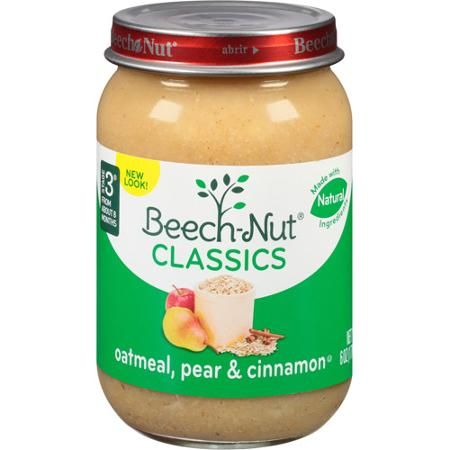
On our website Encyclopedia Baby Food there is useful information on the nutrition of your children, which is useful for everyone, and we update the website "Encyclopedia Baby Food" constantly and try to search and write only excellent, verified and necessary information for you and your children.
Disclaimer No. 1: It must be understood that the author of the articles on the Baby Food Encyclopedia website is not a medical staff, “I am not a doctor.” The information I share is based on my own experience. My goal is not to teach you how to eat or feed your child, but to talk about how we did it, what new things I learned or read. This expands the picture of Baby Food knowledge, gives you a glimpse of the whole process so you can decide if you like it or not.
Disclaimer No. 2 : However, the above does not cancel visiting a pediatrician. Before you start complementary foods, you need to get his professional opinion on the best way to introduce new foods for your baby.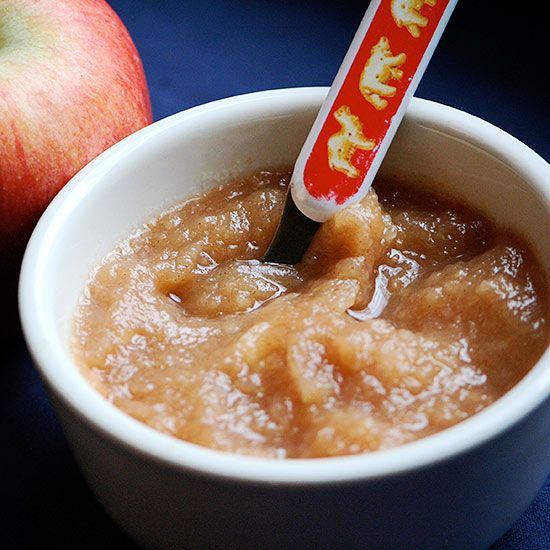 I also draw your attention to the fact that you need to look at the original date of the published articles, because some of the "best practices" may have changed. Always check with your child's pediatrician about complementary foods and their health.
I also draw your attention to the fact that you need to look at the original date of the published articles, because some of the "best practices" may have changed. Always check with your child's pediatrician about complementary foods and their health.
Disclaimer #3: Keep in mind that every family is unique, every situation is also completely unique. There are no universal solutions. Only you can find what works best for you. Certain goals require certain sacrifices and priorities - not everyone wants to make that choice, and that's GREAT! Just know what you want to achieve, and be ready to get to work, putting the best of your strength!
Disclaimer No. 4: On the Encyclopedia Baby Food website, photos from books on baby food with attribution are used to better understand the information (Article 1274, paragraph 1, part four of the Civil Code of the Russian Federation). Literature on baby food is found in the public domain on the Internet.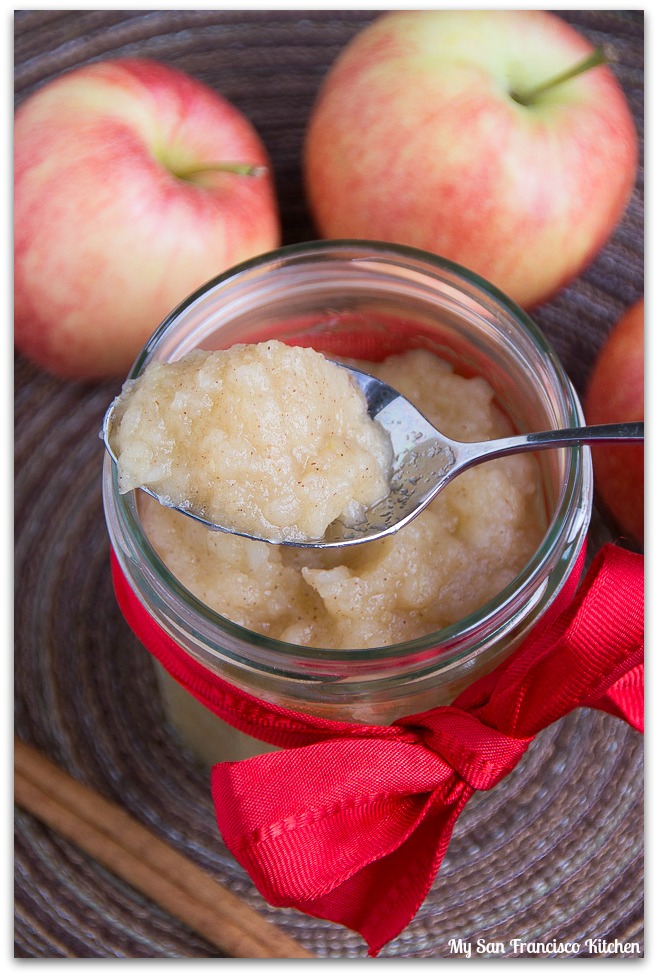
Disclaimer No. 5: Content, editing, proofreading, layout, etc. produced ONLY by the author of the site Encyclopedia Baby food. Therefore, I apologize for spelling, punctuation and stylistic errors. If you notice a mistake, please report it, and do not write angry comments about the illiteracy of the author of the article.
Apricot puree with chicken
Banana-apple puree
Banana puree
Borscht
Broth with peas and rice
Baby mashed potatoes with cottage cheese and fruits
Home yeast bread with linen flour
Home cheese
Homemade pizza
Breakfast on the street
Kolrabi snack
Baked carrots
Baked carrots and cherries with a prose of 9023 white beans
Cabbage salad
Mashed potatoes
Quinoa and pumpkin porridge
Quinoa porridge
Breakfast cereals
Quinoa and apple
Strawberry puree
Strawberry puree with banana
Strawberry compote
Compote of wild apples and raspberries
Compote of dried fruits steamed in a thermos for a child over 8 months
Corn porridge
Corn porridge with pear
Corn porridge9 with pumpkin
Corn and carrot porridge with pumpkin and walnut3 Corn porridge with apple and carrots
Chicken liver in the oven
Chicken cutlets with carrots
Chicken with carrots, sweet peppers and potatoes
Navy pasta
Macaroni with orange sauce
Pasta with Gremolata
Muffins with vegetables and egg
New potatoes in their skins
Vermicelli milk soup
Carrot and potato puree
Carrot and rice casserole
Carrot with chicken
Amanita from eggs and tomatoes children
Cauliflower and carrot vegetable puree
Vegetable soup with corn semolina
Vegetable soup with cheese and corn semolina
Vegetable soup with spinach
Vegetable soup-puree with bell pepper
Oatmeal porridge
pancakes from polions
pancakes on hot kefir
omelet in a package
omelet with broccoli and cauliflower
omnete with spinach and cheese
Omlet pancake
pies 7 months +
pile of cup
Rice and zucchini pie
Fish pie
Fish and potato pie
White cabbage pizza
Lavash pizza
Zucchini, tomato and sausage pizza
Tomato and olive pizza
Spinach pizza
Rabbit pilaf
Chicken pilaf with green peas and corn
Banana and cherry puree
Banana, cottage cheese and porridge puree 4 grains
Broccoli (cauliflower) puree
Broccoli, squash and cauliflower puree
Blueberry puree
Pear puree
Pear and banana puree
Pear and banana puree, baked
Pear and pumpkin puree 7 months +
Pear, pumpkin and peach puree
Pear, apple, plum and prunes puree
Blackberry puree
Turkey puree
Zucchini puree
Zucchini and broccoli puree
Zucchini, carrot and potato puree
Quinoa and banana puree
Quinoa and carrot puree
Quinoa, banana and carrot puree 9035 , zucchini and carrots
Quinoa, peach and raspberry puree
Quinoa, cauliflower, apple, pea and mint puree
Quinoa, apple, pear and raisin puree
Quinoa, apple, carrot puree
Rabbit, broccoli and mint puree cauliflower
Chicken, carrot, potato, apple and pea puree
Raspberry, cherry and banana puree
Carrot puree
Carrot and apple puree
Carrot, potato, broccoli puree with cheese
Carrot, potato, apple and quinoa puree
Carrot, pumpkin, apple and prunes puree
Carrot, apple and potato puree
Turnip and carrot puree
Plum puree
Cottage cheese, strawberry and banana puree
Pumpkin puree
Pumpkin and banana puree
and zucchini
Pumpkin and apple puree
Pumpkin, apple and banana puree
Cauliflower and broccoli puree
Cauliflower and potato puree
Cauliflower and rice puree
Cauliflower and apple puree
Cauliflower and green pea puree and squash
Cauliflower, turkey and potato puree
Cauliflower, potato and squash puree
Cauliflower, carrot and broccoli puree
Cauliflower, carrot, cheese and rice puree
Cauliflower, apple and squash puree
Zucchini puree
Zucchini and potato puree
Zucchini, carrot and apple puree
Cherry puree
Blueberry puree
Prune puree
Apple, pumpkin, carrot and some curry puree
toy apple puree apple and strawberry puree
Apple, strawberry and cherry puree
Apple, peach and banana puree
Carrot and pumpkin puree
Cottage cheese and banana puree
Turkey, potato and carrot stew
Zucchini, carrot and broccoli stew
Fish, potato, carrot and broccoli stew
Rice porridge
Whole grain rice porridge
Rice porridge with carrots
Rice porridge with pumpkin
Rice porridge with apples
Rice porridge with apple and pear
Rice porridge with apple and pumpkin
Rice porridge with apple and pumpkin
cutlets with vegetables
Ready-to-cook fish
Fish meatballs with ketchup
Fish soup for children
Fish soup with salmon and celery
Carrot and kohlrabi salad
Chickpea salad
Chickpea and cabbage salad
Laziest Soup
Creamy Kohlrabi Soup
Oatmeal Smoothie
Pot Sauce
Cheese Pizza Sauce
Pea and Bacon Soup
Roasted Vegetable Soup
Kohlrabi Soup
Cauliflower Soup
Salmon Soup
with potatoes and turnips
Meatball soup for the picky eater
Kohlrabi puree with green apple
Rabbit, pumpkin, potato, broccoli and cauliflower soup
Beetroot puree
Pumpkin puree with mushrooms
Broccoli and Celery Soup
Pork Potato and Carrot Soup/Steady
Cheburek Chebureks
Pumpkin Cheese Sauce (Annabelle Carmel Recipe)
Buzz Lightyear Sandwich
Pumpkin-Apple Puree
Pumpkin-Apple3 Pumpkin Juice 29025 puree soup
Fruit salad
Fruit salad with mango
Lavash bread
Cauliflower with cheese
Linden tea and thyme
Experimental noodle soup with lentils
Apple puree
Apple juice
Can children eat cinnamon: what parents should know
Share on Pinterest
Cinnamon is the brownish-reddish inner part of the bark of the cinnamon tree.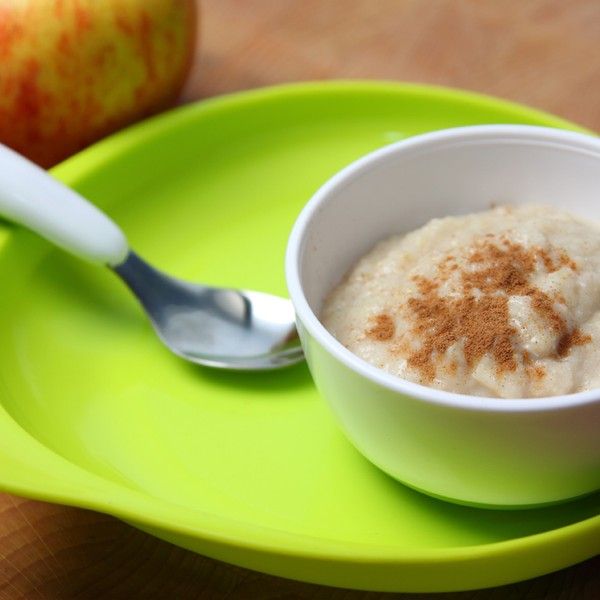 Throughout history, it has been used both as a spice and as a medicine. All types of cinnamon belong to the same plant, which is also called the bay family.
Throughout history, it has been used both as a spice and as a medicine. All types of cinnamon belong to the same plant, which is also called the bay family.
It is generally considered safe to give cinnamon to a baby in small amounts after 6 months. Cinnamon does not cause allergic reactions in children and adults. Excessive exposure to cinnamon can cause stomach discomfort, skin or mouth irritation, and possible bleeding problems due to reduced blood clotting. But sprinkling cinnamon on your child's food is unlikely to cause problems.
If your child has an allergic reaction to products containing cinnamon, or feels nauseated and anxious after eating cinnamon, call your doctor right away.
content
Where is Cinnamon?
Cinnamon is a common spice used in a variety of foods and to flavor other foods. Cinnamon is used in many different types of food. It can be found in the following:
- chewing gums
- Toothpaste
- Apple puree
- Oatmeal porridge
- CLASS for breakfast
- Confectionery (cookies, cakes, baking, cakes, biscuits and cakes)
- Candy
- Rinse of mouth
- and coffee drinks
Many people have cinnamon in their spice cupboard.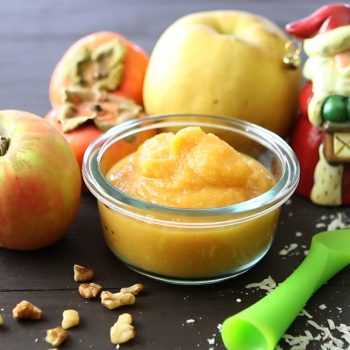 In addition, spice blends such as pumpkin pie spice or garam masala may contain cinnamon. The only way to tell for sure if a product contains cinnamon is to read the list of ingredients on the label.
In addition, spice blends such as pumpkin pie spice or garam masala may contain cinnamon. The only way to tell for sure if a product contains cinnamon is to read the list of ingredients on the label.
Benefits of Cinnamon
Studies have shown that including a small amount of cinnamon (about half a teaspoon for adults) in your diet can be beneficial to your health. Benefits may include:
- lower LDL cholesterol, total cholesterol and triglycerides
- blood sugar control
- lower blood pressure
- fight yeast infections (Candida)
- help with nausea
- reduce unwanted blood clotting
Cinnamon danger
Cinnamon allergy is very rare. However, if you give your child large amounts of cinnamon, it can cause skin irritation, stomach upset, or, in rare cases, an allergic reaction. Then giving the child too much again is usually not a good idea.
As with most foods, a small number of people are allergic to cinnamon. Your child is more likely to develop allergies if there is a family history of eczema, asthma, hay fever, or food allergies.
Your child is more likely to develop allergies if there is a family history of eczema, asthma, hay fever, or food allergies.
How do I know if my child has allergies?
If your child is allergic to cinnamon, their immune system does not recognize the substance as safe and fights it off. The immune system makes antibodies and produces a substance called histamine. Histamine causes irritation and inflammation throughout the body.
Signs of an allergic reaction to cinnamon can vary greatly from person to person. Food allergies can affect the skin, gastrointestinal tract, respiratory or cardiovascular system. According to the Mayo Clinic, food allergy symptoms usually show up within minutes to hours of eating the problematic food.
Skin symptoms
An allergic skin reaction can take several forms. One type of reaction, called contact dermatitis, causes a rash within minutes of skin exposure to an allergen. Skin reactions can also occur after ingestion of the allergen.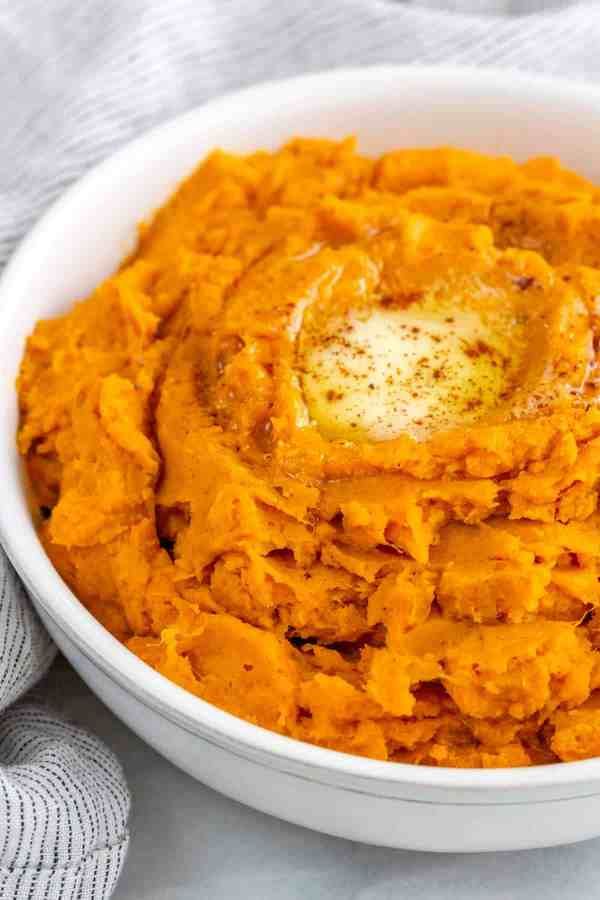 Skin symptoms caused by an allergic reaction may include:
Skin symptoms caused by an allergic reaction may include:
- itchy skin
- tingling
- rash, blisters or eczema
- irritation
- redness
- tingling or itching in the mouth
Gastrointestinal symptoms
Food allergies can also cause stomach disorder or the following symptoms:
- Diarye
- colic
- cough
- wheezing and shortness of breath
- itchy throat and tongue
- runny or stuffy nose (stuffy nose)
- red and itchy eyes
- swollen lips and throat that make breathing difficult
- airway obstruction causing coughing, wheezing or shortness of breath
- dizziness
- dizziness
- vomiting
- Osip
- sudden drop in blood pressure
- loss of consciousness
- heart palpitations
- Milk
- Jaja
- Kikiriki
- Fish am
- Pshenitsa
- child any of these products before the age of 6 months. When you first start feeding these foods to your baby, look for signs of an allergic reaction. If you notice any signs, talk to your doctor.
What should I do if I think my child has an allergic reaction to cinnamon?
Your doctor may want to test your child's skin patch to see if cinnamon actually causes a reaction. Your doctor will apply 20 cinnamon patches to your child's skin for 30-30 minutes. If the skin is normal after the patch is removed, your child is most likely not allergic to cinnamon. Your doctor may also take a blood sample to test for cinnamon allergy.
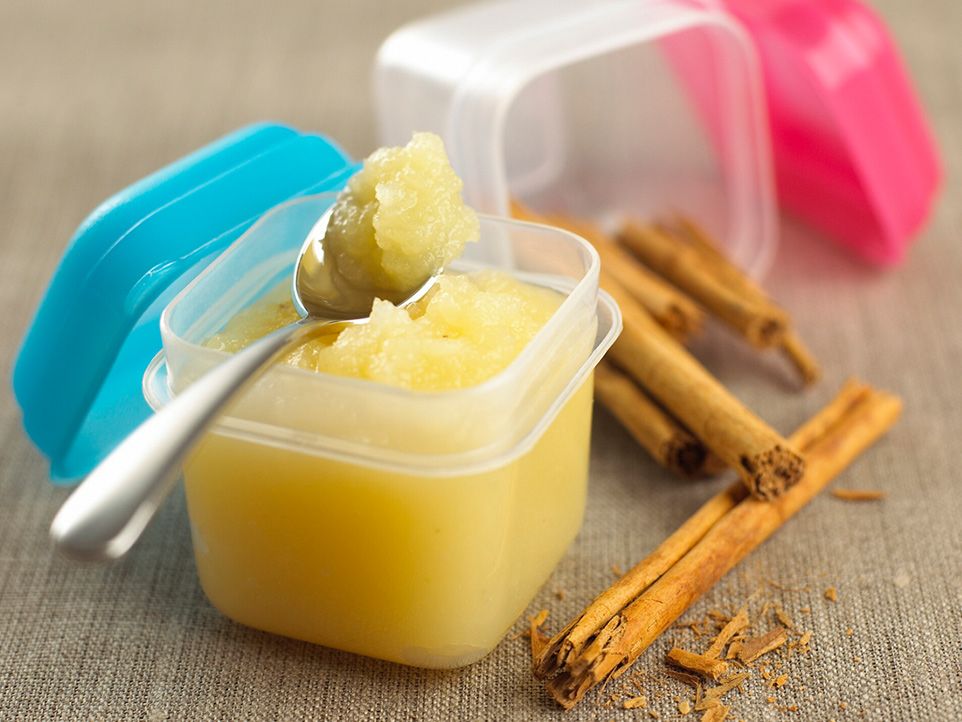
If your child is allergic to cinnamon, your doctor will recommend that you avoid cinnamon and eliminate it from your child's diet. It is important to read all food labels, especially those that usually contain spices. Anyone with a food allergy should be careful when shopping at a supermarket or restaurant to make sure there are no traces of allergens in the food or food. Also, be careful with products like toothpaste or lotion to make sure they don't contain cinnamon.
There are no drugs available to prevent or treat allergic reactions to food and spices. However, you should work with your child's doctor to manage any allergies your child may have.
If your child is not allergic to cinnamon, you must be sure that giving your child a small amount of cinnamon will be safe and comfortable for him.
Recipes to spice up baby food
Adding spices like cinnamon to your baby's food is a great way to add an interesting flavor without adding sugar or salt.

Symptoms of the adjacent adjacent symptoms 9000. cold symptoms such as:
Anaphylaxis
Rarely, an allergic reaction can lead to serious symptoms called anaphylaxis. This is a life-threatening medical emergency. Call 911 for an ambulance.
Symptoms of anaphylaxis include:
What foods usually cause an allergic reaction?
Cinnamon is not on the list of common food allergies found in infants and young children. The need for cinnamon for oatmeal or baby food is unlikely to cause problems.
The need for cinnamon for oatmeal or baby food is unlikely to cause problems.
Some foods are more likely to cause an allergic reaction in children. In accordance with the study and education in the field of food allergies, these eight products cause 90% of food allergies:


